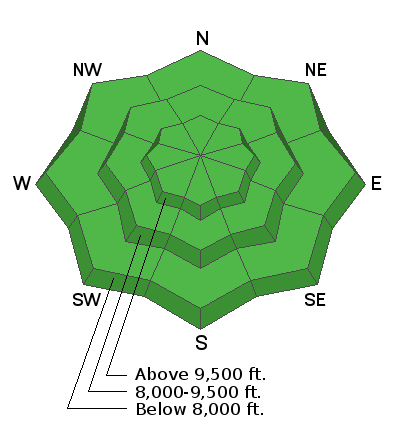Forecast for the Provo Area Mountains

Issued by Nikki Champion on
Sunday morning, December 6, 2020
Sunday morning, December 6, 2020
Today the avalanche danger is LOW on all aspects and elevations. Danger ratings are based on the North American Public Danger Scale and defined by three categories: (1) Travel Advice, (2) Likelihood of Avalanches, and (3) Avalanche Size and Distribution. LOW danger is defined as follows:
Travel Advice: Generally safe avalanche conditions. Watch for unstable snow on isolated terrain features.
Likelihood of Avalanches: Natural and human-triggered avalanches unlikely.
Avalanche Size and distribution: Small avalanches in isolated areas or extreme terrain.

Low
Moderate
Considerable
High
Extreme
Learn how to read the forecast here







